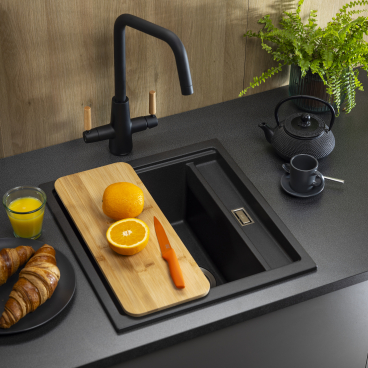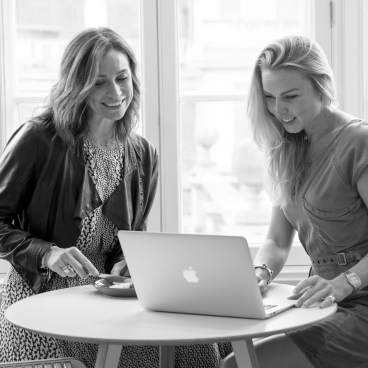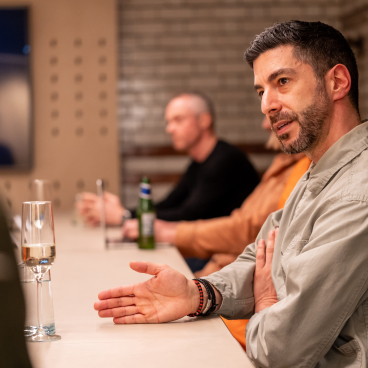Material Source Studio Presents: The real cost of sustainability.
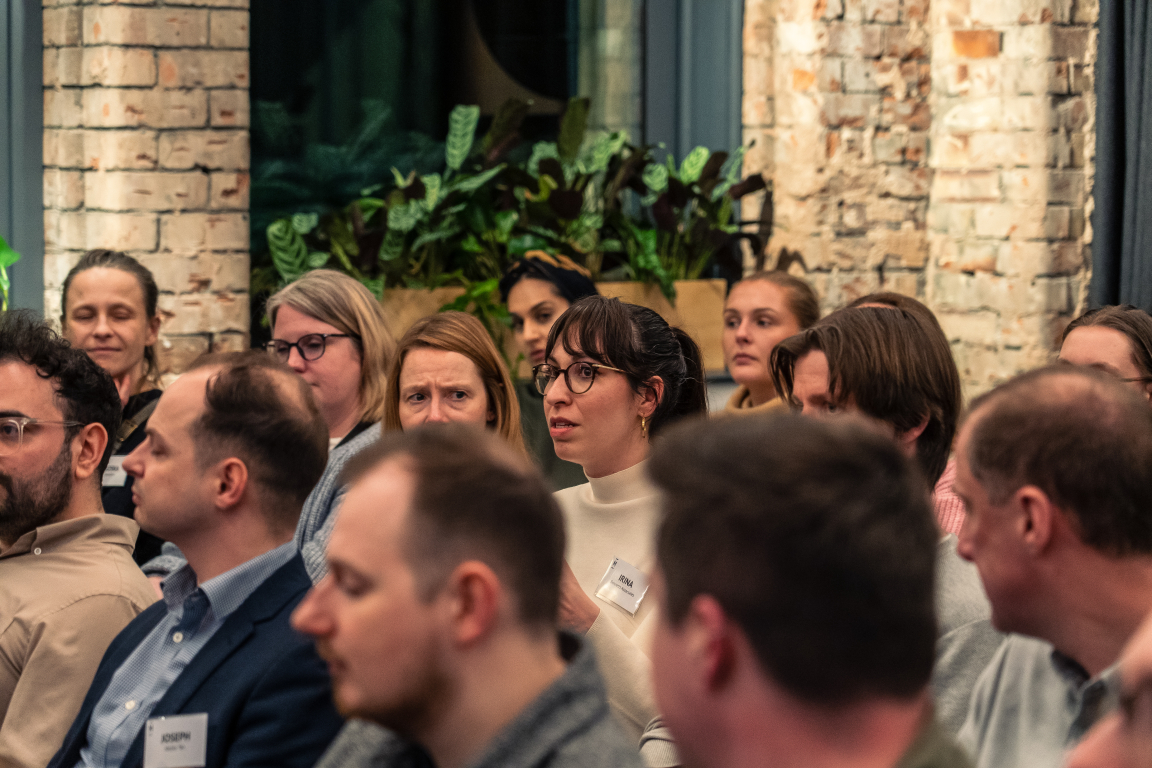
Credit: Tim Ainsworth
Our 2024 Material Source Studio Presents seminar series kicked off in Manchester with a fierce audience debate on the increasingly complex topic of sustainability.
It was clear from the collective passion in the room that many architects, designers, and property professionals are facing the same challenges - from EPDs to procurement, devaluation mistaken for value engineering, and the pitfalls and misconceptions surrounding industry accreditation.
This was the 14th seminar event we've held, and the fourth on sustainability. The atmosphere was more heightened than we've ever experienced before - testament to a topic fraught with frustration, and, ultimately, one which can often feel bleak. According to Overshoot, global resource use currently equates to 1.7 planets' worth annually, with the UK expending 2.6 planets' worth of resources per year. As we know, buildings are responsible for a significant portion of global energy related carbon emissions (reported as 39% in 2019).
Seeking some positive action amongst the confusion and worry, host David Smalley, director at Material Source, launched into the discussion-cum-debate, with an initial series of questions: "Environmental action usually happens for three reasons, often in this order of motivation: regulation, commercial gain, and moral obligation. Where do most people sit? And is it changing?" This set panellists Lucy Danger, chief executive, EMERGE 3Rs; Jen Hill, director, Longworth; and David Schiele, energy innovation director, Energy Innovation Agency, in motion.
A matter of cost
Addressing the first point on regulation, Jen replied: "There isn't enough of it, but big business is desperate for legislation. Because if they were being regulated, it takes decisions away."
David Schiele added that amongst the clients he speaks to, there are big businesses seeking validated solutions, usually, to save them money. And this mention of cost-cutting would continue to be an underlying theme throughout.
Though David believes that by adopting more innovative, sustainably-sound solutions for use when it comes to the energy sector, even if slightly more expensive to begin with, businesses will become more efficient, and save money in the process. Others - including Lucy, whose company deals in waste management and recycling, argued that the general view when it comes to investing time and money into getting these processes off the ground is not a particularly attractive prospect.
Jen suggested that it was down to the architects and designers to "pass the pressure on" to their clients, while educating them on their options both more sustainable, and less so. But, where does the onus lie in encouraging clients to embrace sustainable practice? Do architects and designers hold any power in the decision making process, despite their best intentions?
Audience member Isla Wishart, architect at Corstorphine & Wright, responded: "Going down the procurement routes for D&B, we don't actually have that power or choice - it's the contractor that tells us. On some jobs the client themselves turn around and ask if we can build it out of X. Part of our role is not just to educate ourselves but we have a battle against us - we have contractors and clients saying: this is cheaper, this is faster, we want to do this so it's not that simple to say we have the control, because we don't."
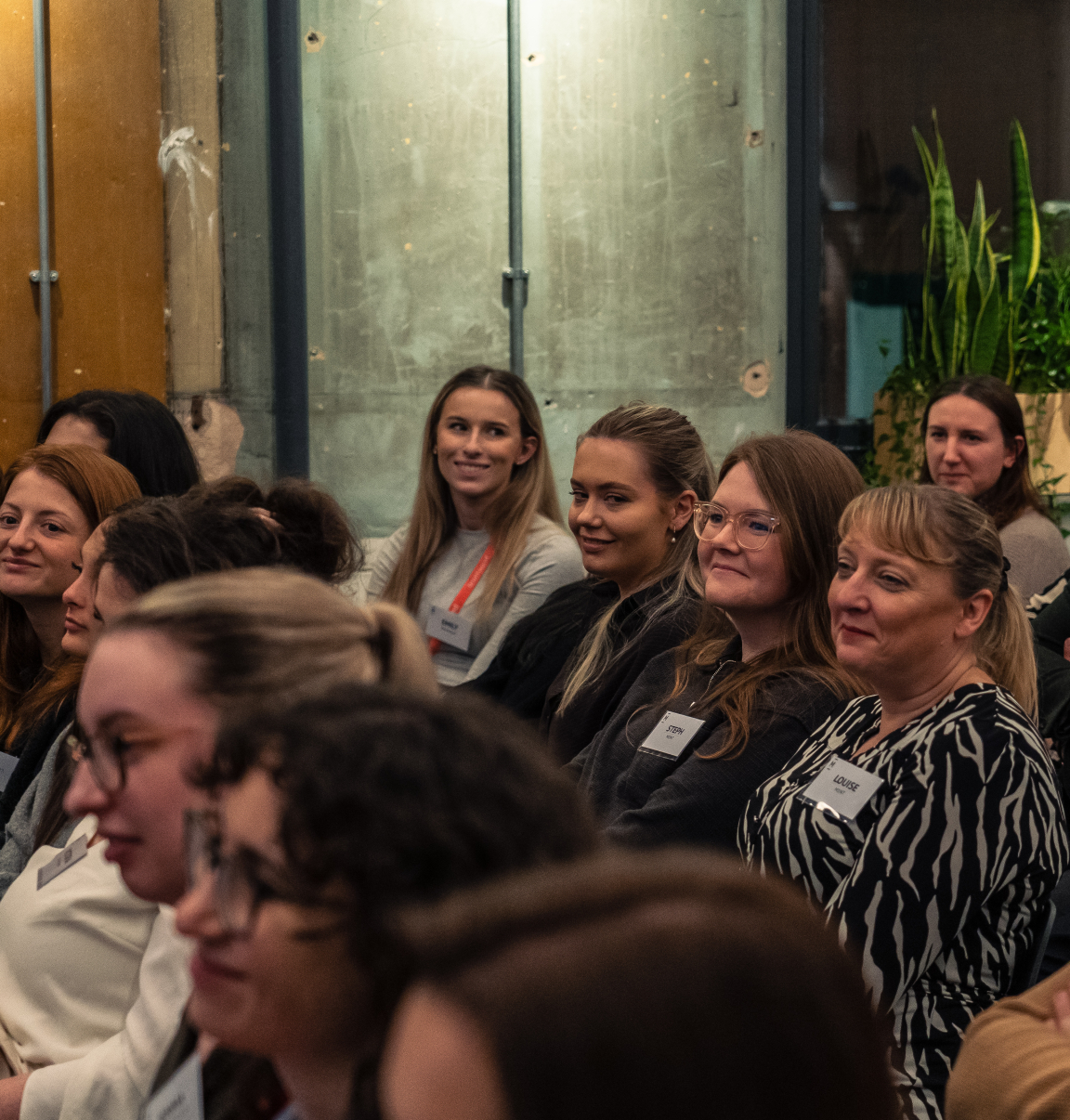
Credit: Tim Ainsworth
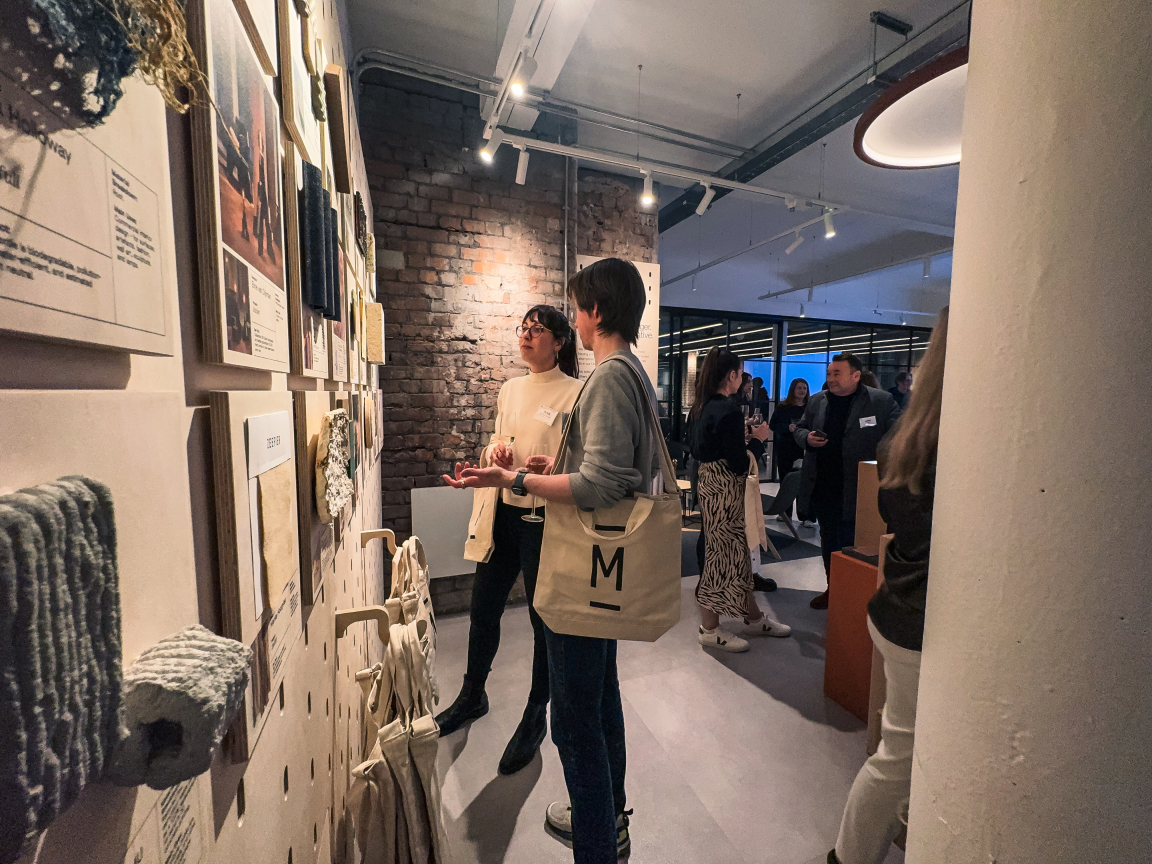
Credit: Tim Ainsworth
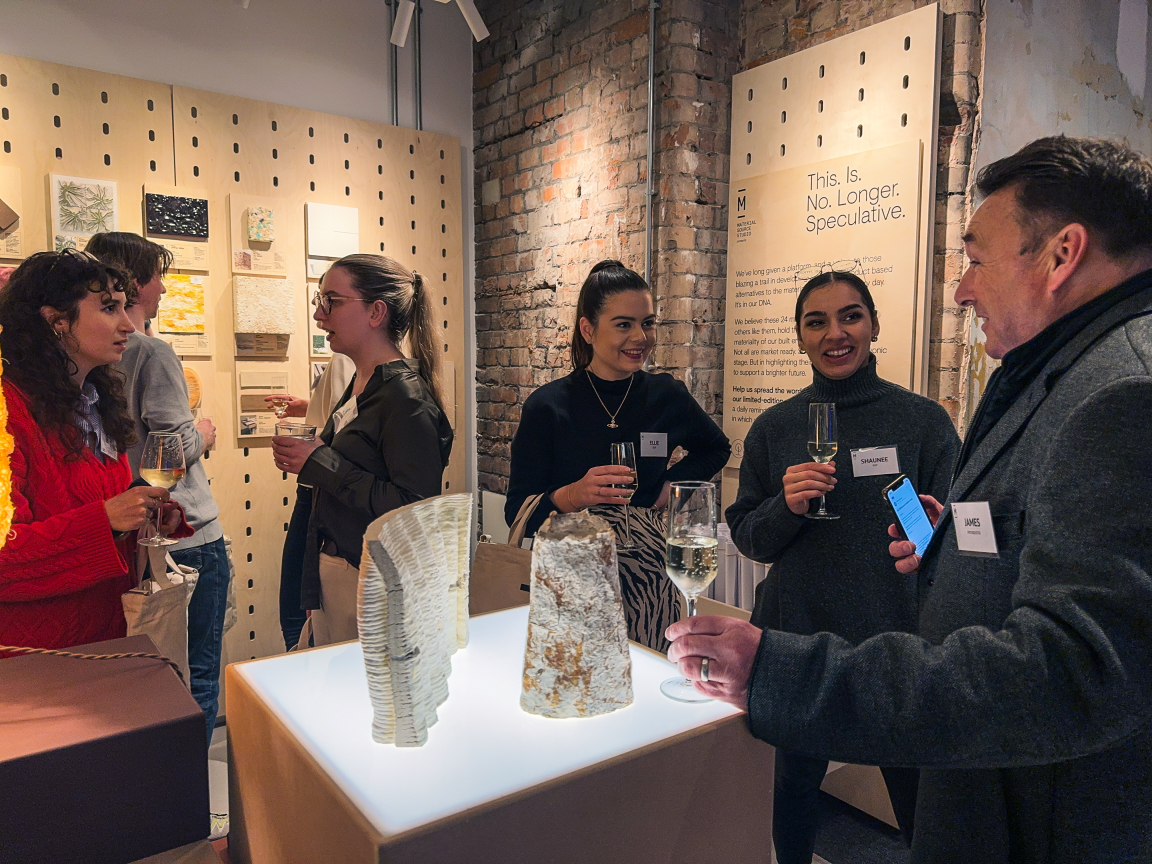
Credit: Tim Ainsworth
Breaking down 'business as usual'
"One thing we need to change is simplifying procurement routes for innovation", continued David Schiele. "In the NHS, for example, innovative products can't get onto the framework for procurement unless they team up with existing suppliers. Though sustainability can save organisations money, change is needed."
On the topic of procurement, David asked the panel and audience whether they can believe all supplier sustainability claims, to which the response came: we can't. Where "greenwash is rampant", as Jen suggested, David Schiele stated the importance of being curious and asking questions for evidence and independent verification, plus case study results for all products considered.
John Carney, design development manager at Gresham, shared insight from a manufacturers' perspective. "EPDs are coming to the forefront, but they require huge investment - we need to make sure this is the information that designers require."
EPDs outline a product's embodied, and whole-life carbon, and this was brought up amongst audience members as being hugely important in informing their day-to-day, with some heralding their clients as being frontrunners in fully embracing low carbon schemes. Though it was referred to as "lucky" by one of the audience that this was the case.
There's also a vast difference between architects and designers handing over the building to a client, and those that run the buildings, such as Bruntwood, responsible for managing entire product life-cycles. In their case, they use EPDs to inform all specifications, as the information they contain is crucial to their decision making process - it's one of longevity. "As a landlord we have to think beyond cradle-to-gate, and have a responsibility to consider end-of-life and the operational impact of a product too", adds Emily Adams, interior designer, Bruntwood.
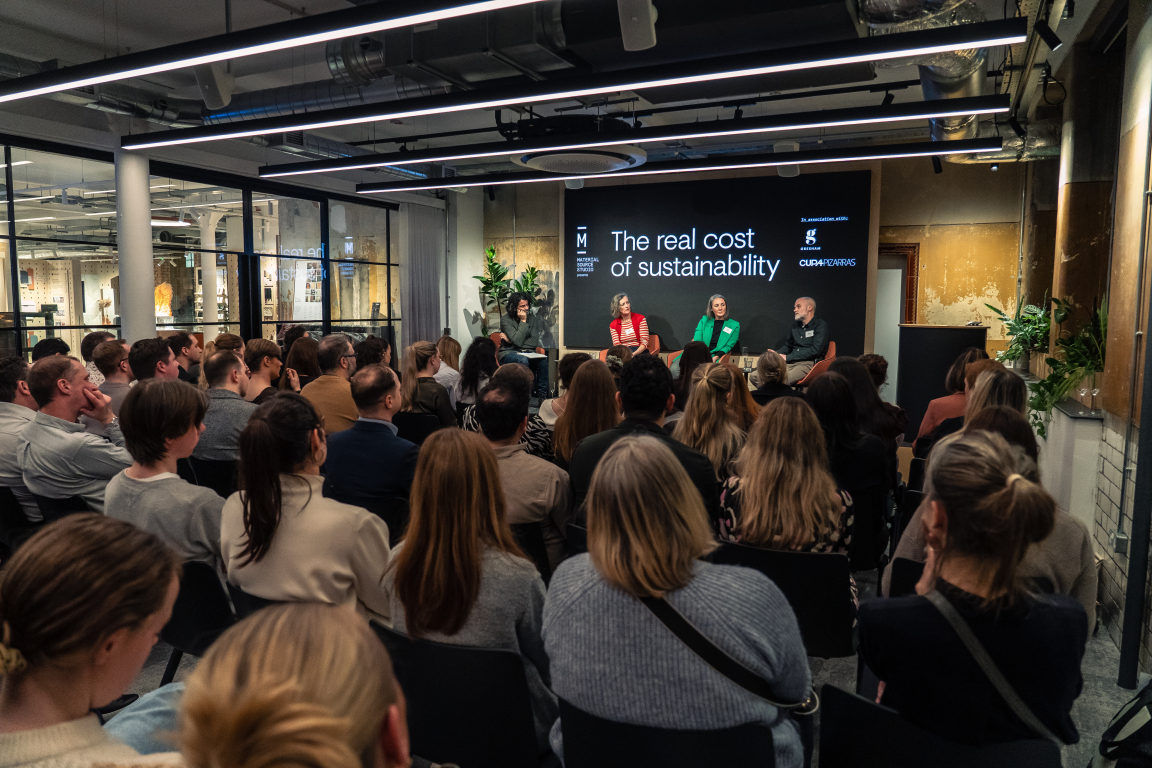
Credit: Tim Ainsworth
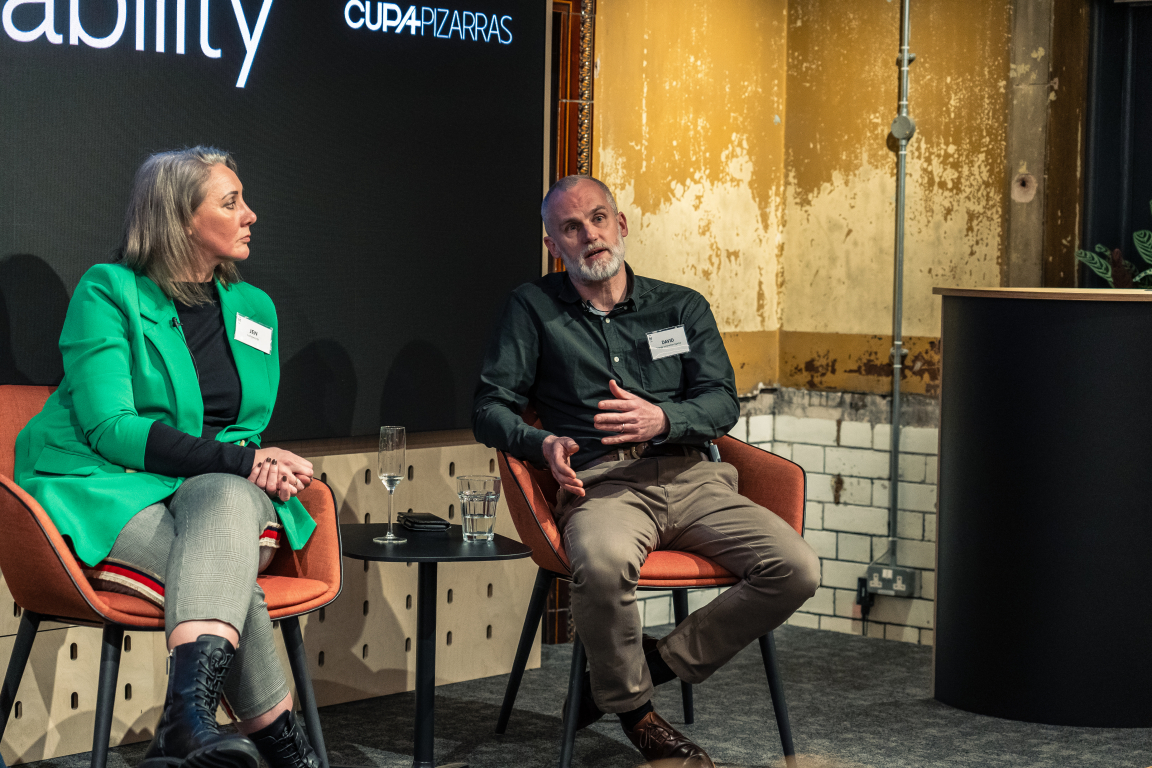
Credit: Tim Ainsworth
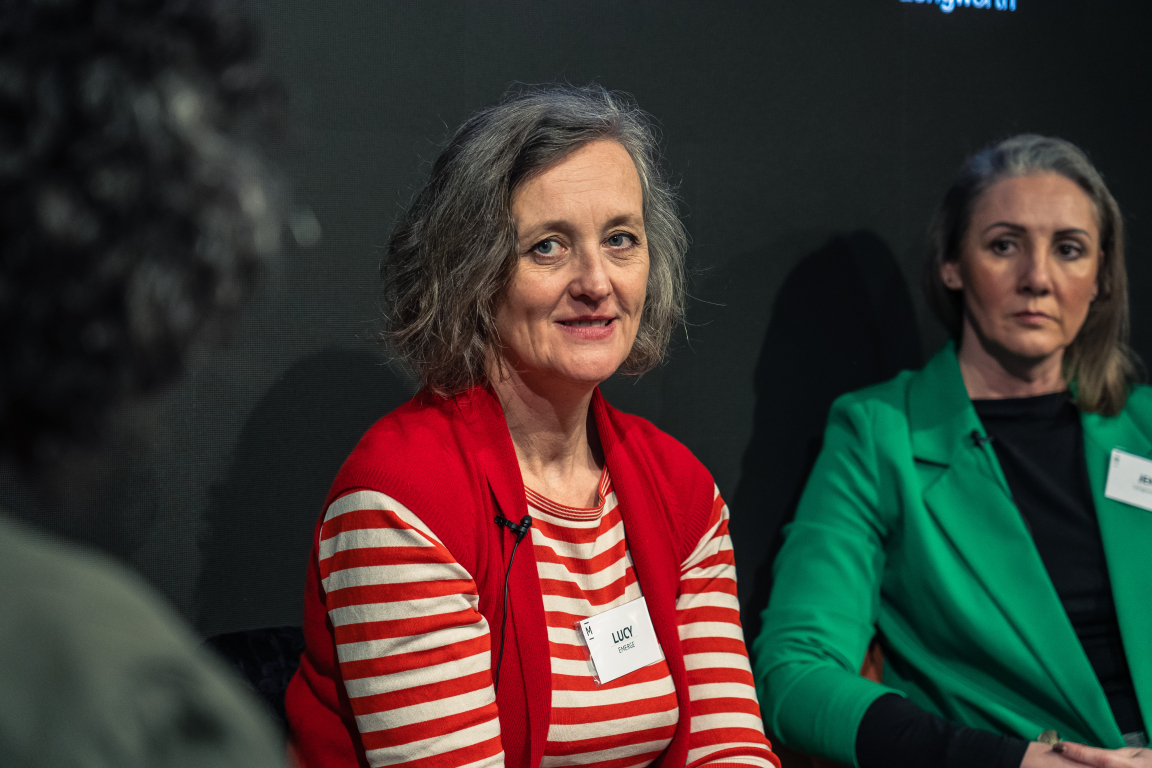
Credit: Tim Ainsworth
Specification for accreditation
While industry accreditations such as BREEAM, LEED, and NABERS, are becoming more commonplace in the completion of new developments, the steps that need to be taken in order to achieve them are shrouded in misconception, and according to audience member, Owen Tracey, project architect at Halliday Meecham, can sometimes either be viewed as a "tick box exercise", or misunderstood by some in terms of how they can be achieved, particularly if a job is moving at pace.
"To achieve BREEAM Excellent there are certain criteria that needs to be met. Additionally, in order for this rating to be achieved evidence needs to be provided to show that this has been considered from Stage 0. As an architect taking over a project at Stage 4, finding and sourcing this information can be very difficult as it would mean researching discussions and client meetings that we were not initially a part of and may not even be documented. Once built, the project can still be highly sustainable but may not achieve the Excellent or Outstanding rating."
"It's also about what happens after you've achieved BREEAM Excellent", came another comment from audience member, Rebecca Earnshaw, architectural assistant at 5plus. "Because you can have materials in your buildings, and you may have gone for a tile with a bit more embodied carbon but it could last a few more years."
Sian Atherton, associate architect at ADP Architecture, added, "Even as early as Stages 1 and 2, we think about what frame we'll use for the building - is it timber frame? Does the height of the building mean it's going to need bigger footings? Does it need more columns?
"We assess everything, not just against embodied carbon but whole-life carbon, so instead of taking something for the carbon footprint when it's finished and the doors open, you're looking at it in terms of how much carbon is it going to expend in 100 years, and that helps you select not just building services and systems but even down to what furniture you are going to put in - that chair looks lovely and comfy now but will it need its fabric replacing three times in 10 years, whereas would a faux leather last longer? It's down to that level of nitty gritty."
Value engineering or devaluation?
One point was raised around the difference between value engineering and the devaluation of more sustainable options. Quite often, it was said these products could be taken off a spec because they simply weren't a priority for the client - i.e. they weren't going for an accreditation.
Looking ahead, David asked: "how do we change clients' minds?" To which David Schiele responded, "through the bottom line. Innovation has to compete on an equal footing on the factors outside of sustainability."
There is currently so much waste, and Lucy believes that by adopting the "3 Rs" sustainability can be achieved while money is saved in the process.
Jen suggested it was the younger generations that would make the change - "putting the planet before profit".
And bringing the conversation to a close, for now, it was highlighted that BREEAM serves as an ambassador for sustainable practice - a body that can back-up recommendations. So regardless of whether it's viewed as an industry hallmark, or not, it's flying the flag for a more positive future.
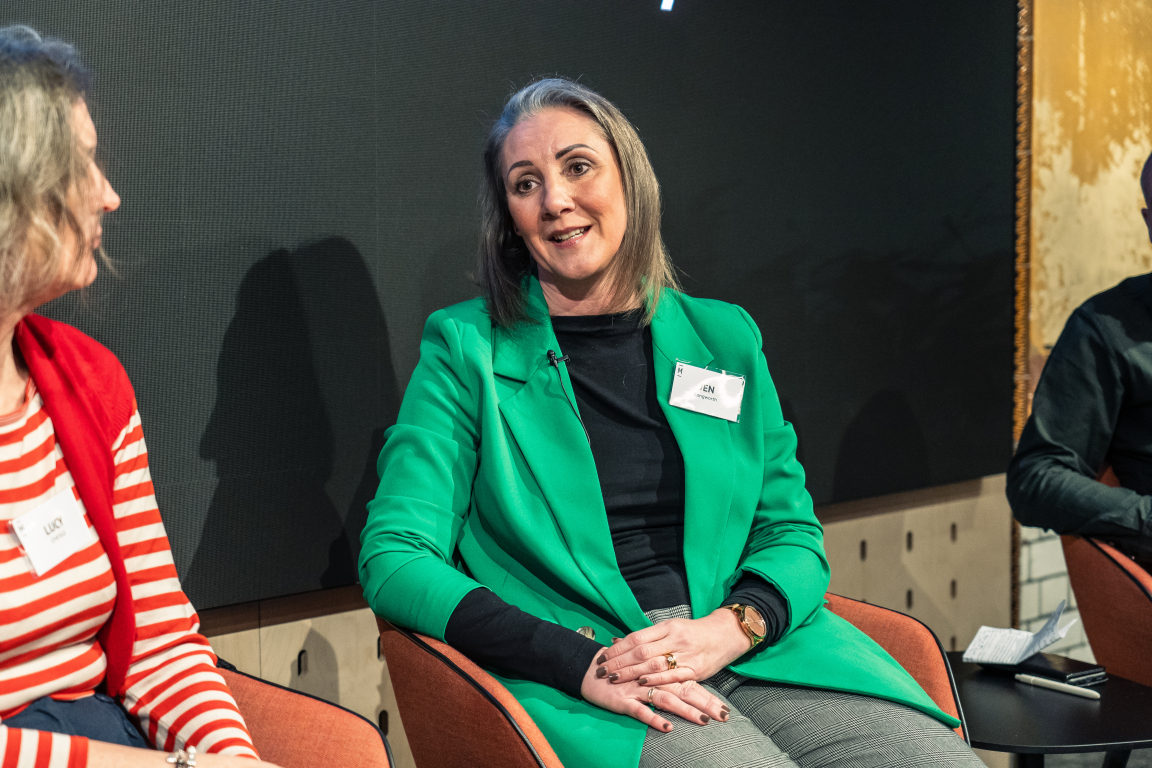
Credit: Tim Ainsworth
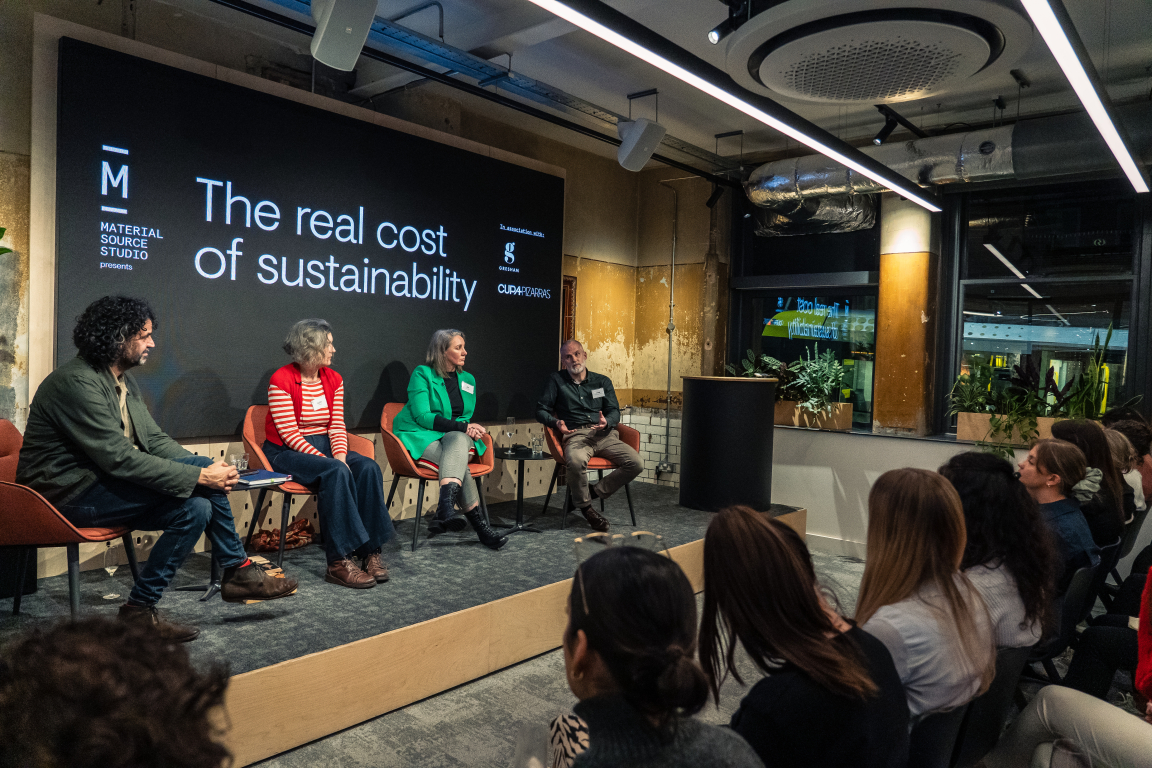
Credit: Tim Ainsworth
A huge thank you to all who joined us and asked questions to move the conversation around sustainability in the built environment on; to our panellists; and to our sponsors for the evening Gresham & CUPA PIZARRAS.
The discussion continued in a dedicated roundtable on the topic, and we'll now take our focus on sustainability up the road to our Glasgow Studio for two fantastic events this week: The View with Jaime L. Toney, University of Glasgow on Tuesday 5 March - providing an insight into GALLANT’s city-wide, whole-systems approach to meeting Net Zero; and The real cost of sustainability with panellists Iain Black, professor of sustainable consumption, University of Strathclyde, & Alison McRae FRSA, senior director, Glasgow Chamber of Commerce on Wednesday 6 March, followed by a roundtable on Thursday 7. Find out more & RVSP here.
If you're local to Manchester and want to carry on these conversations, Energy Innovation Agency is hosting two events: Driving Sustainability: Better business efficiency through energy innovation, on 23 April at Bruntwood Circle Square, Manchester - details here. And a seminar titled: Leveraging the Industrial Energy Transformation Fund on 5 March at 11am - details here.





